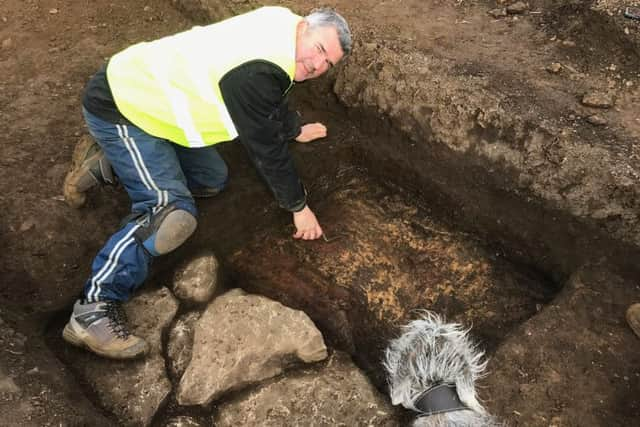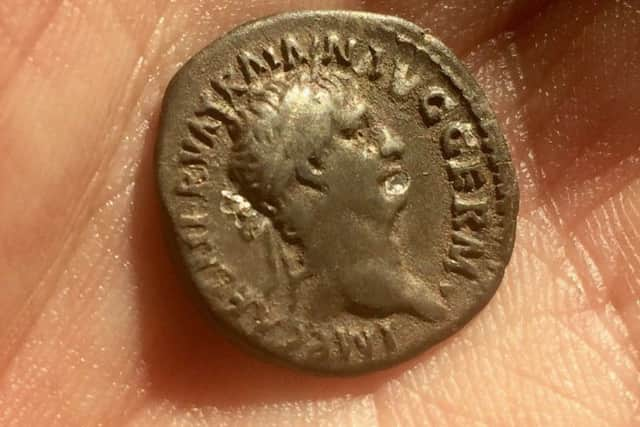Detectorist Keith Wescott describes Banbury's historic discovery
and live on Freeview channel 276
Mike Hargate brought the subject to life and instilled in me a desire to understand our past through interesting facts and stories, rather than just a series of dates and events.
Years later, diving on shipwrecks with Banbury Suba-qua Club, knowing not just when, but how and why the ship had been lost, I could create a picture and perspective - often harrowing and tragic.
Advertisement
Hide AdAdvertisement
Hide AdWith an ability to imagine historical scenes, my interest in metal detecting developed.


In 1996, with the support of Lord and Lady Saye and Sele, I investigated possible trackways from a long demolished, second crossing of the moat at Broughton Castle.
The coin hoard I discovered was to become the last case in the 1,000-year-old Common Law of Treasure Trove, which put me ‘in the dock’ at Oxford Crown Court under inquest judge and jury.
‘The Broughton Hoard’ of coins is on display at the Oxford’s Ashmolean Museum.
Advertisement
Hide AdAdvertisement
Hide AdFor many years I had been captivated by the knowledge of a little known, high status third to fourth century burial of a Romano British woman.


Who was this woman of such importance? I started to feel a connection to this person, believing her to have been ‘lost’ from a contextual landscape. On October 31, 2016 I set out, armed only with a theory, convinced she lay in context to a home befitting her status. Within 20 minutes I stood staring at a huge plinth-like setting that was not of natural topography.
I had found her home - the villa - and 1,700 years after her interment in a lead-lined sarcophagus, this woman of eminence and of native stock, will be known in perpetuity, buried in a considered context to her home of almost palatial proportions.
For more on the significance of this find click here.
To view some of the ancient artefacts found at the site click here.
To read about the decades long story of the Broughton discovery click here.